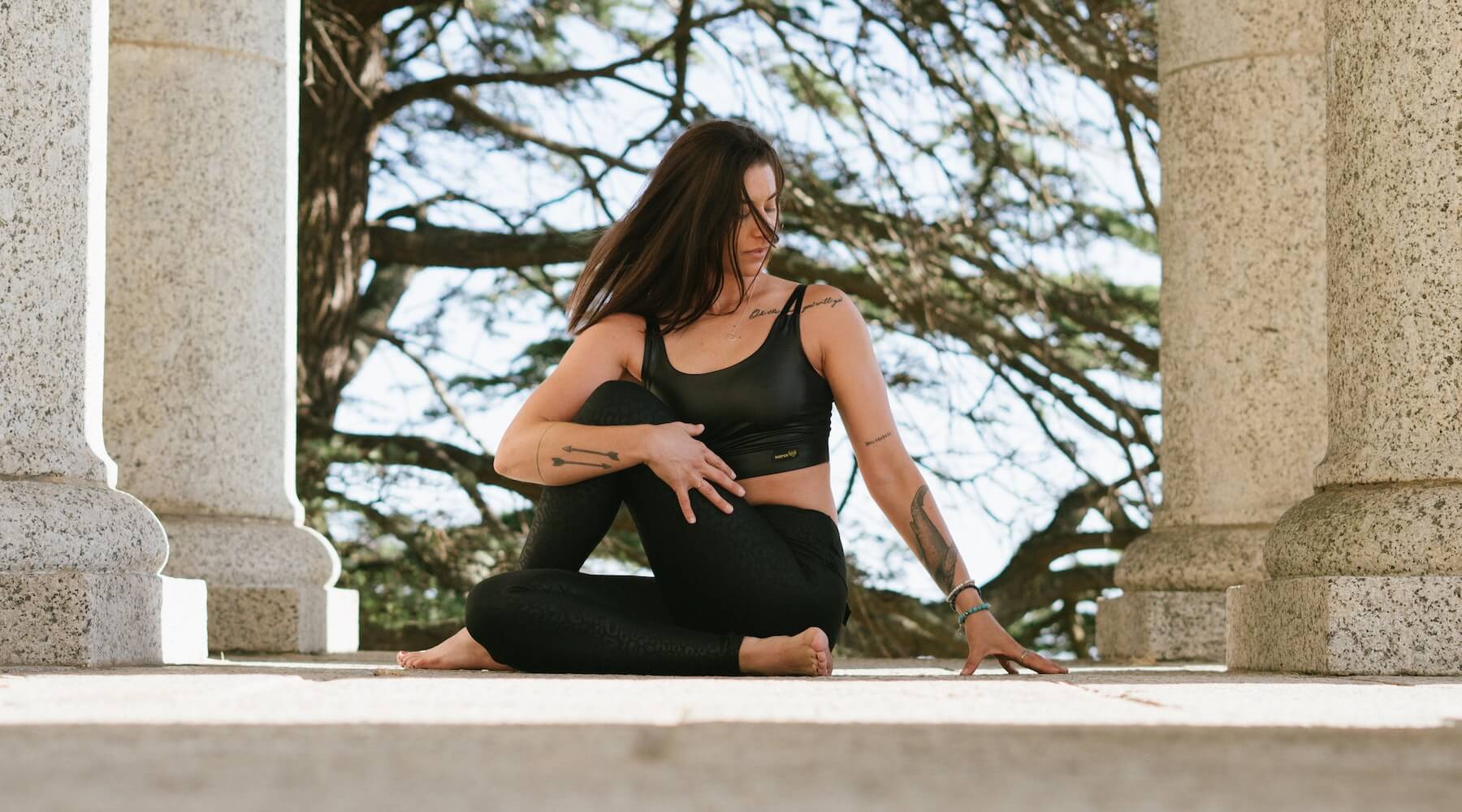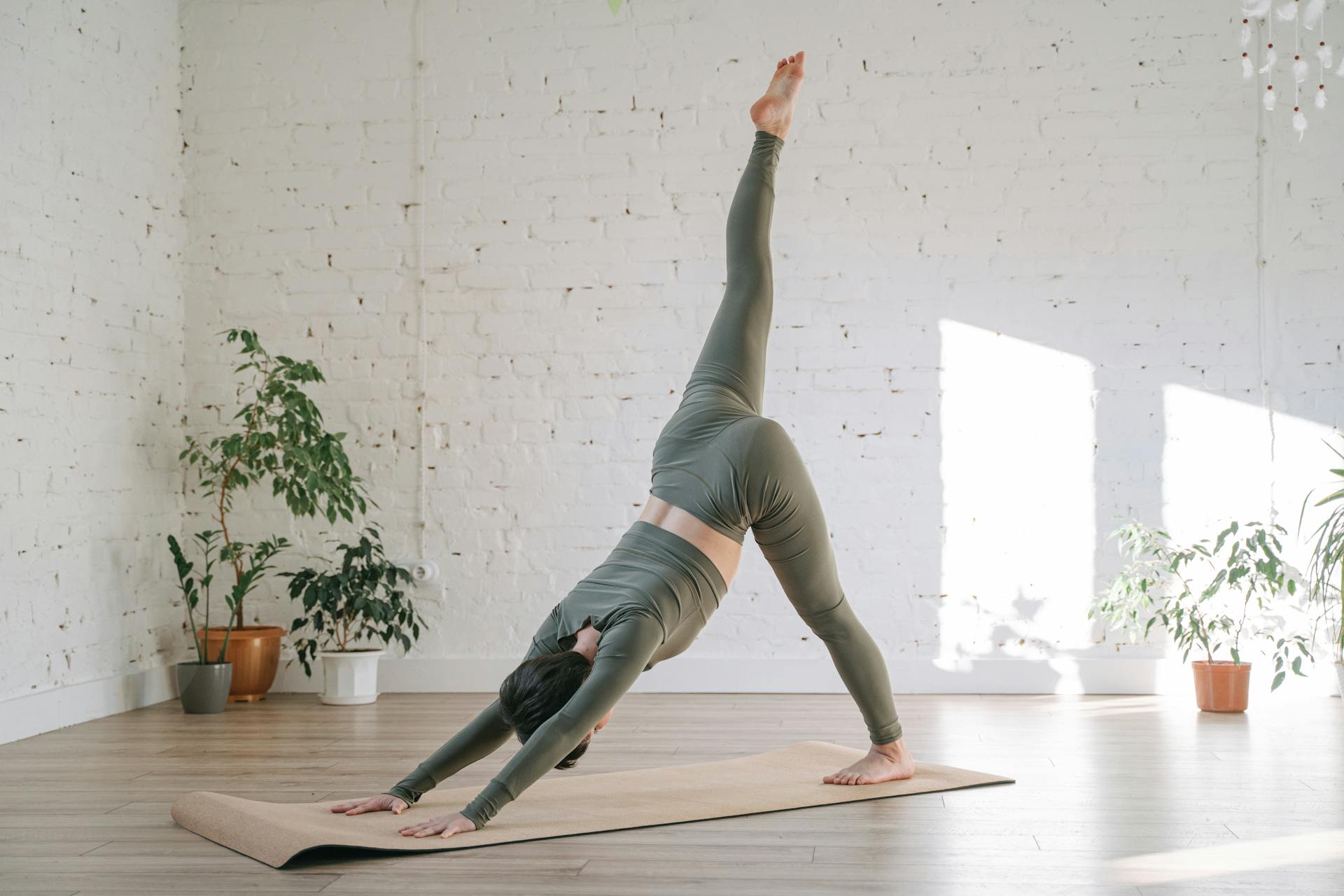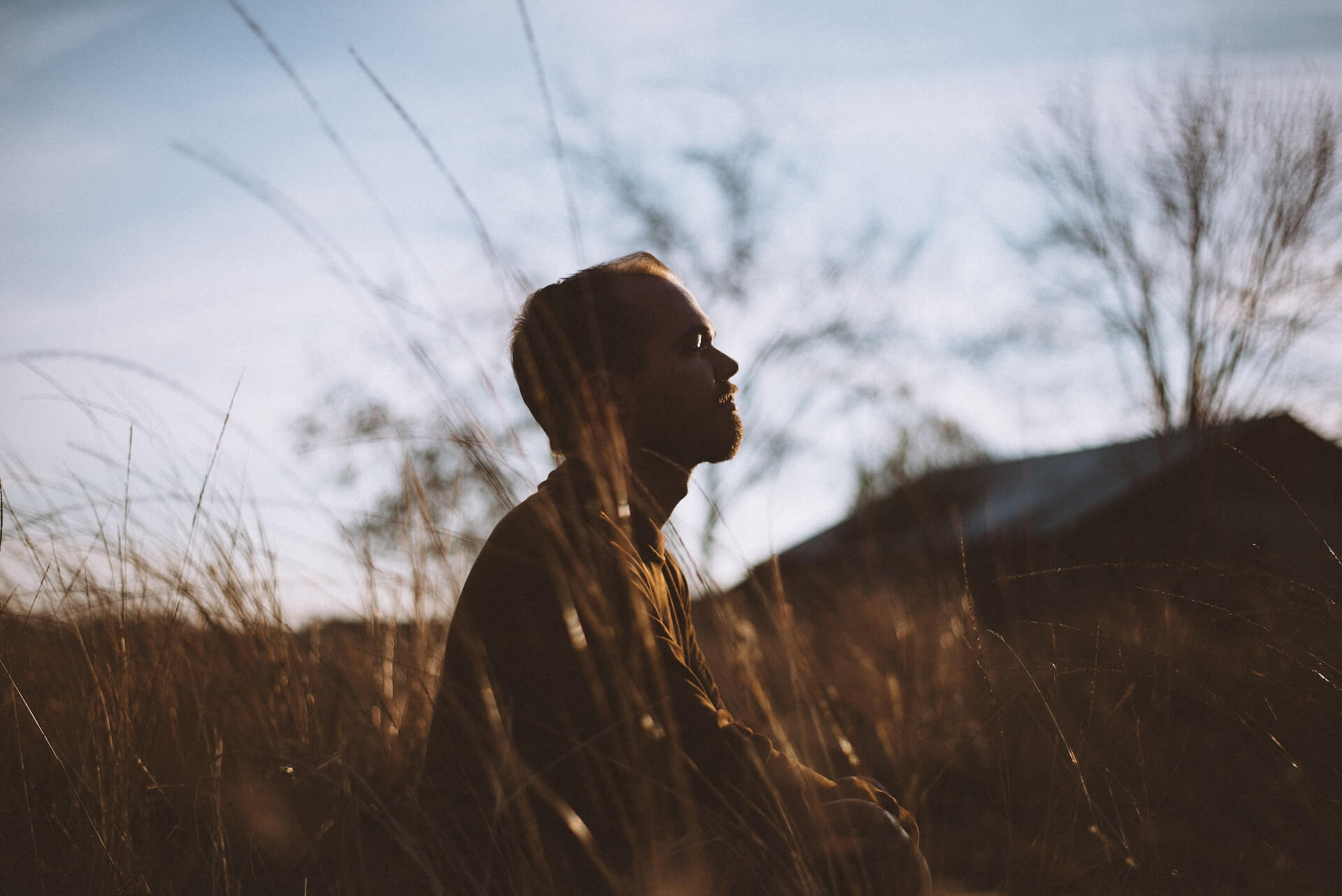
We all know that exercise is incredibly good for you. From various health benefits, to improving mood and keeping our thinking, learning and judgment skills sharp. While it can be difficult to get started with a routine, once you have one developed a routine, it becomes quite easy to maintain one. I think everyone will relate to that significant milestone in their yoga journey (and the accompanying feeling of achievement) when they first realized that they could do sun salutations on auto pilot. As it turns out, yoga has all the benefits of exercising plus more. After all, it’s that perfect balance of exercise and relaxation, movement and stillness, physicality and meditation.
Once we get in that perfect flow or posture, it’s tempting to take a video or photo to mark the milestone. Some might see it as narcissistic and superficial… but hey, if it encourages you to continue with your practice and strive to learn more, it’s all good right?
Everyone should be encouraged to take photographs of themselves in their practice, if only to create an additional sense of awareness when in certain poses. On a very fundamental level, this will improve your practice. The caveat here is to make sure the content is created for your own practice and joy, rather than the joy of others or for the purposes of just receiving likes. The former will always keep you inspired and moving in a positive direction. The latter may leave you feeling insecure and incomplete.
The Importance of Yoga Photography

We’ve all heard the old adage – a picture is worth a thousand words. Regularly photographing your poses and asanas can help you improve your yoga practice. Here are just some of the benefits of taking photography of your yoga poses:
- Providing motivation and inspiration to yourself and others
- Improving your practice by finding proper alignment
- Promoting your brand
- Flexing those creativity muscles
- Encouraging positive action
A yogi with an understanding of photography can create some amazing content. An experienced yogini can effectively communicate an emotion or message through a single posture. So knowing your yoga asanas well and knowing a good range of them is a great place to start. Add to that a basic understanding of photography and composition and you will be surprised with what you can photograph using your creativity, body and a camera.
Photography Tips for Yoga
Without further ado, here are specific photography tips for yoga.
Pay Attention to Lighting

Lighting is perhaps the most critical aspect in creating a stunning shot, whether you're on the beach, in front of an urban monument, or in your backyard. Overhead lights and fluorescents can create strange shadows that are difficult to remove without some editing abilities, so try to capture shots of your favourite yoga poses during the golden hour, the period just after sunrise and just before sunset. A well-placed shadow that accentuates your body or a lovely contrast that draws attention to the position can make a big difference in your image. You can also go for artistic or moody lighting - for example, photographing a yoga position at sunset with a candle. Use selective focus to bring the individual making the fascinating pose into focus while allowing anything else in the shot to fade away. The grid on your camera can help with this – you would generally want your subject to be in the center grid or at one of the intersections of the gridlines.
Know Your Asanas

There are multiple poses in yoga and all of them can be used to create an effective final photography. However, some popular poses we find that frequently feature in photography are:
- Mountain pose
- Tree pose
- Downward facing dog
- Bridge Pose
- Warrior One and Two
- Triangle Pose
- Headstands
- Handstands and various other handbalances (including crow and crane pose)
Chose the poses that look amazing on camera and convey that your lessons aren't just about advanced inversions. Choose photographs and poses that represent the component of your teaching or practice style that you wish to highlight. But do not risk your body for Social Media! Keep it safe =)
Keep it Simple

Aesthetics and simplicity go hand-in-hand. When in doubt, always go for simplicity. It goes without saying that the model and the pose should be highlighted, as they are the vital elements in the photograph. It is best to keep the rest of the background a minimum, especially when starting off with photography. It’s best to keep the picture relatively distraction-free. After a little bit of practice, one can start taking images of more exciting locations and try to experiment with perspective. Remember, that the attention should be on the subject, i.e. the model demonstrating the yoga pose, not on the background and definitely not on multiple things.
Be Confident

Another important element for having a good photograph is the pose. But it is you, the yogini who makes the pose. So your confidence in that pose is key. Self-confidence will lead to an impressive photo. Being in front of the camera can be nerve-wracking for some of us, so find a routine or hacks that put you in a confident state of mind. Give yourself a couple of turnabouts in the mirror once you're camera-ready to remind yourself how amazing you are, and remember that beauty comes from inside (a bit cliché but true). Close your eyes, take a deep breath in, and feel all the love within you – all the love you will put out in that next shot!
The Background is Quite Important

Many photographers agree that the background is as important in photography as the subject being photographed. Yoga may be practised anywhere, which means yoga photos can be taken anywhere, be it a yoga studio, the park, the beach, forests, or even urban environments. Photos taken in nature can have the most profound effect as they depict the yogi's connection to the environment and convey a sense of peace and calm. These images tend to perform particularly well on social media. On the other hand, images composed in urban environments, such as a busy metropolitan street, provide an additional dimension to the photograph and make it appealing in a different sense. The stark contrast in such images can create a very unique photograph.



